https://www.youtube.com/watch?v=43cCK4uEdes
9 DECORATING MISTAKES THAT COULD MAKE YOU DEPRESSED OR ANXIOUS
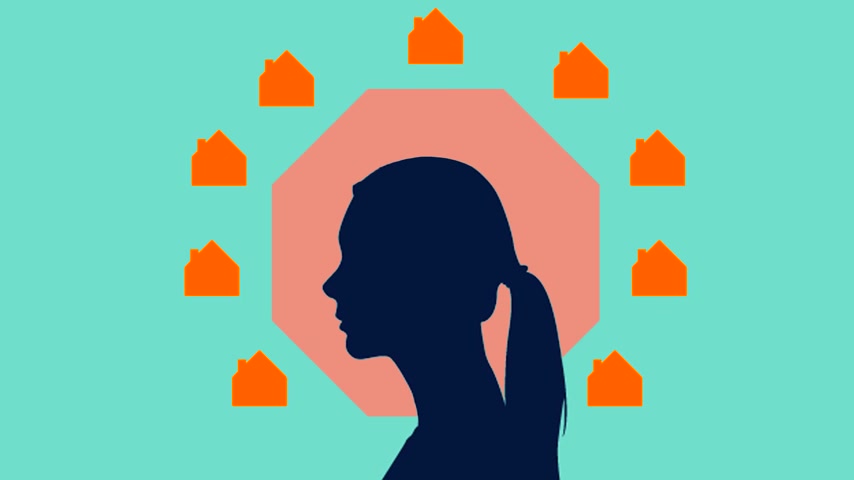
In today's video , I'll be going over nine things that you might be doing in your home that could actually be making you feel worse .
And I'll also go over some things that you can do in your home to help alleviate anxiety and depression before we get started .
I just want to say obviously , I'm not a doctor and I'm not suggesting in any way that you can cure clinical depression through decor , too many straight lines and jagged edges in a room can actually create an elevated sense of anxiety .
Studies show that our brain interprets these patterns as dangerous , activating a survival response that initiates a series of emotional and chemical reactions , including the release of adrenaline and cortisol , which are both chemicals that with long term exposure can diminish our health .
The best fix for this is simply to introduce curves to help counter that sense .
Curves literally soften everything about your space .
And it's been scientifically proven to have a soothing effect on the mind .
Is it a coincidence that curved furniture has been trending fiercely over the past couple of years ?
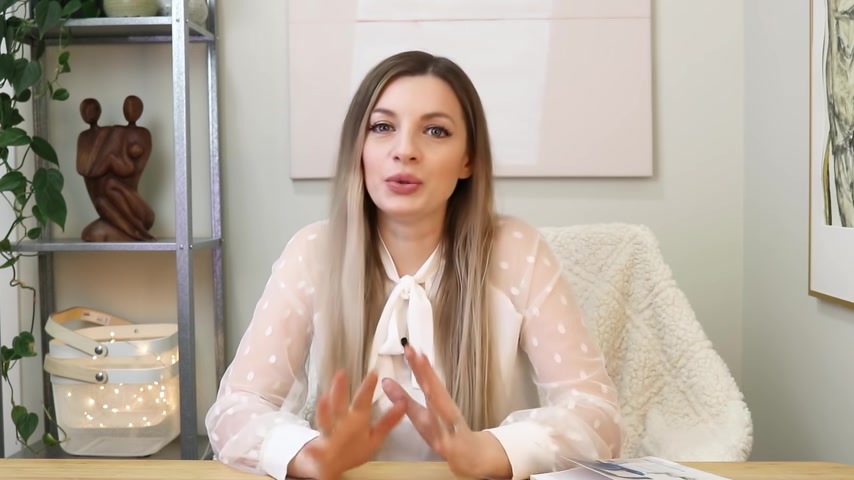
I'm guessing probably not .
Of course , you don't need to deck out your home in all the latest trendy expensive furniture .
All you need to do is make a conscious effort to bring a curve or two into your space .
Nothing complicated .
For example , try bringing in a rounded vessel or a round mirror .
Even simply dripping a blanket over the hard edge of a chair can help to soften things .
These small changes can help to put the mind at ease and will allow your nervous system to relax .
There's a reason why plants are so popular in interiors .
Perhaps the most universally accepted point of consensus across all experts is that greenery boosts the mood plants can also help with loneliness and sadness by providing a sense of purpose , caring for a living thing and witnessing it growing and flourishing can provide a sense of purpose and gratification .
Taking up gardening as a hobby has helped countless people with their depression .
The benefits of caring for plants are very real .
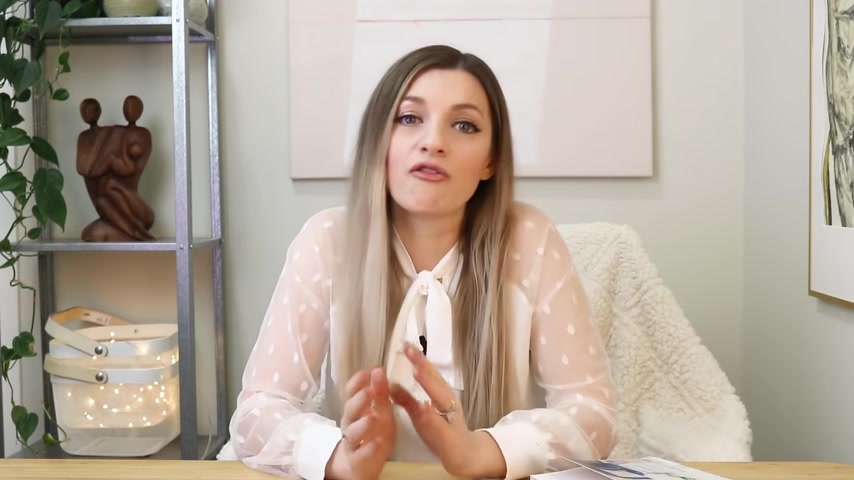
The great thing about this is that the plants that you introduce into your space don't even have to be real .
If for whatever reason , you're unable to bring real plants into your space .
Faux plants have the exact same effect .
Studies have shown that faux greenery actually has the exact same positive effect on people's mental health as real greenery .
You can get similar psychological benefits by introducing artwork with trees and greenery as well .
Tree scapes in particular have a positive connotation with growth and stability .
Let's talk some more about artwork because it's actually way more important than you may think studies done by neurobiologists at the University College London actually discovered that viewing art can give you the same feelings or some of the same feelings as falling in love as well as a surge of the feel good hormone and neurotransmitter called dopamine .
Patients who were shown art in the hospital actually experienced less pain and suffering and recovered more quickly than people in rooms without artwork .
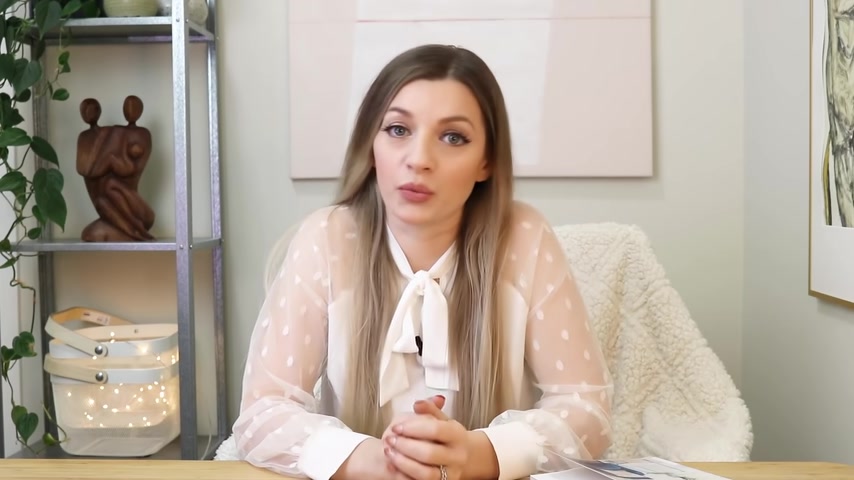
So introducing art into your space can have a profound effect on your well being .
You may be afraid of introducing artwork into your home because it's expensive .
Well , the key here is that the art does not have to be expensive .
A $20 Walmart print has the exact same psychological effects as a $20,000 original piece of art , your subconscious can't tell the difference .
Art with more lively and vibrant colors can be energizing and appropriate for common areas like the living and dining room , bedrooms , you can try looking for soothing abstracts or calming landscapes in soft , neutral tones .
This helps make the bedroom a restorative space which will help you recharge .
Extroverts should look for bolder art , whereas introverts might prefer softer , more subdued pieces .
And while we're on the topic of art work , I just want to mention that you can also incorporate photographs of things that make you feel happy .
So for example , it could be a photo of your child or your pet or maybe a special moment from a past trip .
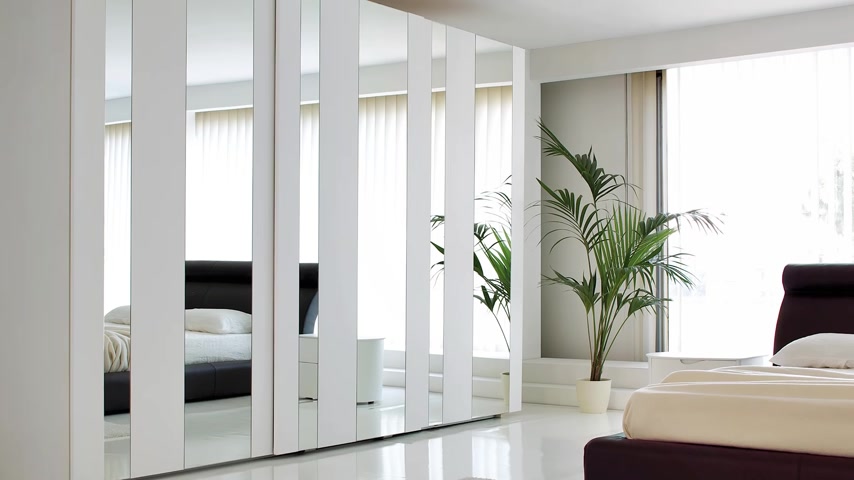
I think it's common knowledge by now that the use of mirrors is generally encouraged in interior design because they help to enlarge and brighten rooms .
But there are some reasons why I would recommend being careful when it comes to mirrors in your interiors .
The first is because mirrors add to the visual complexity of a room because obviously they're reflecting everything that's around them .
So if your room is already cluttered , your mirrors are just going to amplify that clutter even more .
And our brains do not like that .
Second reason to avoid using too many mirrors in your space is because it can actually cause some people quite a bit of anxiety to be looking at themselves too much .
This applies mostly to people who suffer from a disorder called BDD , which stands for body Dysmorphic disorder .
It's basically an unhealthy preoccupation with parts of your appearance that cause you to focus on them more .
When you're looking in the mirror .

The researchers at the Institute of Psychiatry in London actually found a study that not only people with BDD suffered from anxiety when looking in the mirror , but also women who didn't have the disorder who said they were happy with their looks , also felt an elevated sense of anxiety and stress when in front of the mirror for a little bit of a prolonged period .
So if you are a family member , find yourself spending a little bit too much time in front of the mirror and maybe it's making you anxious , consider removing your mirrors and maybe try replacing them with artwork .
Instead keeping your home clutter free is absolutely crucial for your mental health clutter has been shown to cause feelings of anxiety and depression .
And studies have found that clutter can cause your cortisol levels to rise , which can lead to tension , anxiety and other health problems .
Having chronic clutter affects how our immune system fights bugs and digests food .
It can affect our sleep patterns .
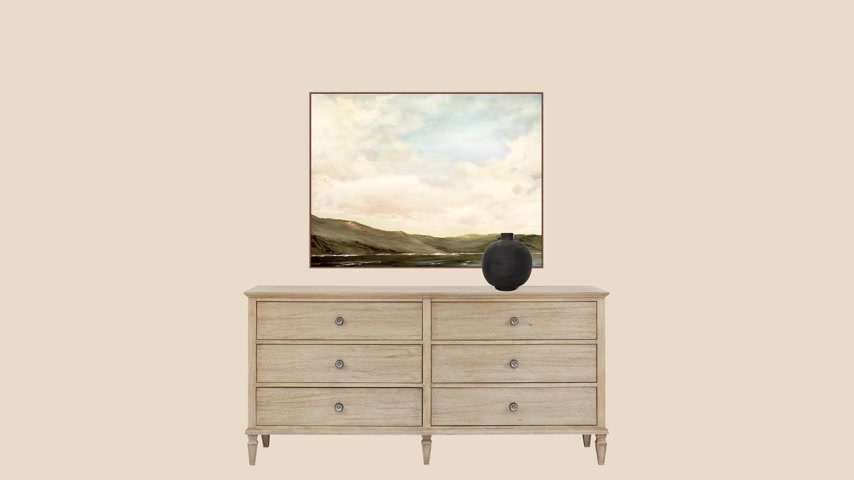
And studies show that it can even lead to health problems like type two diet , diabetes and heart disease .
Too much stuff on your horizontal surfaces will likely stress you out because it becomes too visually complex for our brains .
On the other hand , not having anything on your horizontal spaces can also cause tension because in general , we like to have a few things on display that tell people who we are .
Basically , we want our space to feel personal .
There's usually a sweet spot for most people and it will vary depending on your personality type .
The best way to find that sweet spot is to remove everything from your horizontal surfaces and then slowly reintroduce objects back one by one .
Just stop when it feels right .
If you're having a hard time dealing with your clutter and you're feeling overwhelmed .
My recommendation is to just start small , just work on one tiny area at a time , like a single drawer or a little corner of your desk or a shoe box that's in your closet .
If you can tidy up one little area at a time , hopefully it'll give you that sense of accomplishment and it'll even push you to do a little bit more .
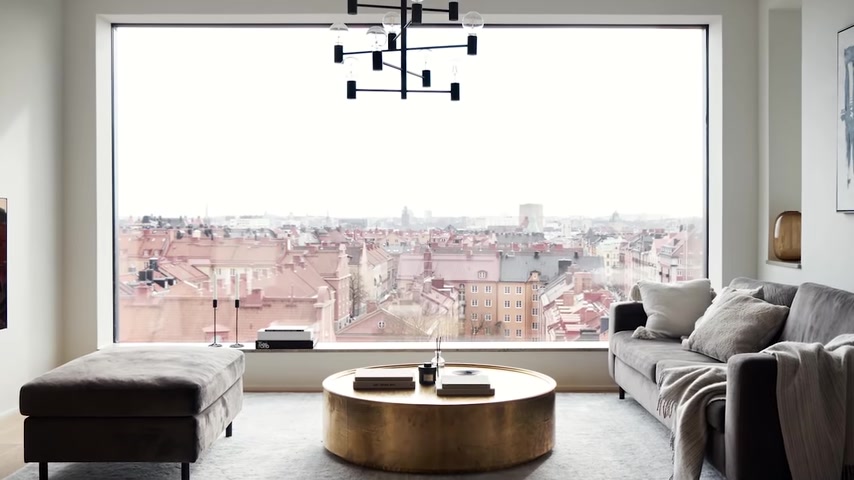
If you have a lot of plastic in the home or laminate or synthetic materials and fabrics , it can actually have a negative effect on your well being .
So it might be good to try and swap some of those out .
If possible , cold materials like glass , plastic and metal can dampen your mood if they're not warmed up with natural materials .
Like for example , wood , clay vessels , wool and jute and things like that , tactile inputs and materials that feel good to the touch can also help soothe the mood .
Humans have a subconscious inclination to seek connections with nature .
So it really shouldn't come as a surprise that incorporating natural materials into our interiors can make us feel more at ease .
One of the most important things you can do to improve your mood is to increase the amount of natural light that you're getting in your home .
This is because the exposure to sunlight triggers the release of serotonin , which is a chemical that helps elevate our moods .
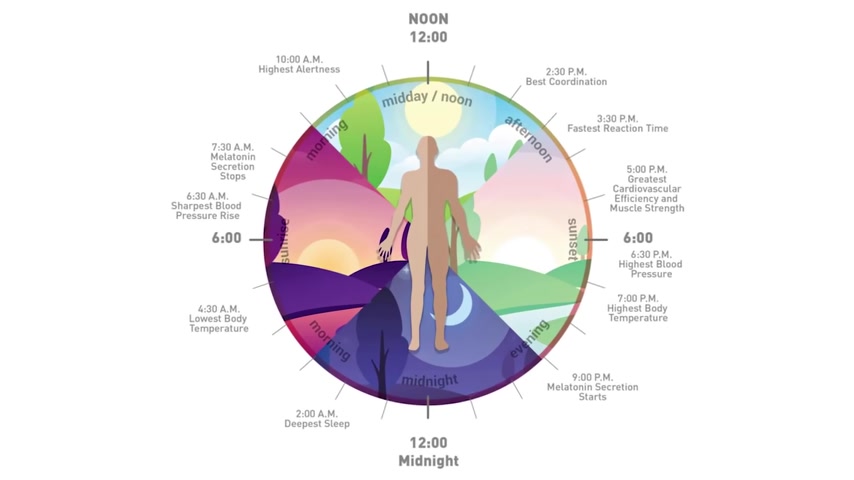
One study even found that depressed patients in sunny hospital rooms were covered days sooner than patients in dimly lit rooms .
A well lit home will help make us feel more energetic and alert .
If you don't get much natural light in your home , then try turning to pain mirrors , wallpaper and additional light sources to help bring in extra brightness .
The amount of light in our home , of course , is important , but the temperature of the light in our home is just as important .
This is because light temperature affects our mood and affects our circadian rhythm .
When our circadian rhythm is disrupted , it can lead to problems like insomnia and low mood .
This is why most smartphones and even some laptops nowadays have the option to switch to night mode where the color of the screen becomes warmer in the evening , the temperature of your lighting .
You'll also want to consider where your light sources are positioned .
For example , generally , if you have a very intense bright light position directly above you think interrogation room , then you're going to feel tense and uneasy in that space .
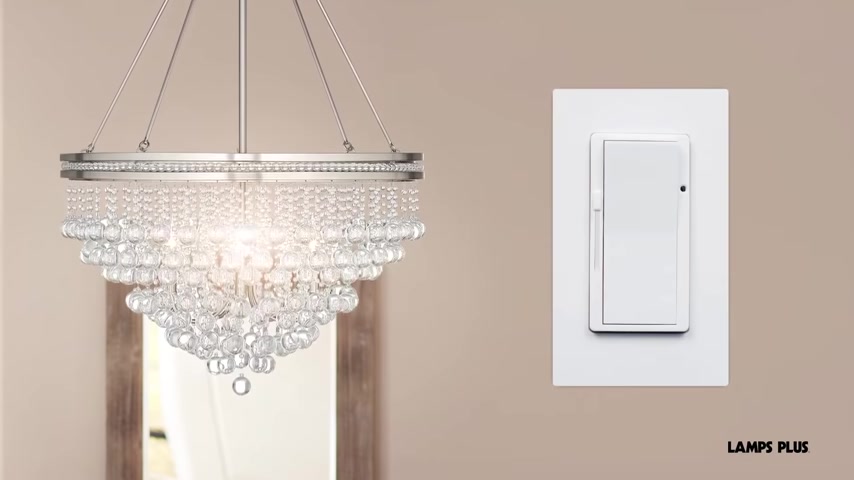
If you have this problem , for example , above your dining table , and you aren't able to change the position of the light fixture , then make sure your overhead light is dimmable .
This will help take the edge off the light source and will make everyone feel a lot more relaxed during meal time .
Colors can have a profound effect on us psychologically .
So it wouldn't be possible to talk about the effects that our surroundings have on us without talking about color .
There have been many studies done on the psychological effects that colors have on us .
But actually , the studies are still pretty much in their infancy .
We do know some things though greens , blues and purples are part of the cool family and are considered to be more soothing , think blue skies , green meadows or a field of lilacs , red , yellow and oranges , however , are evocative of the sun and fire and therefore are considered warm colors .
Obviously , warm colors are considered warming and comforting .
Blue has been shown to slow down a person's metabolism , heart rate and blood pressure .
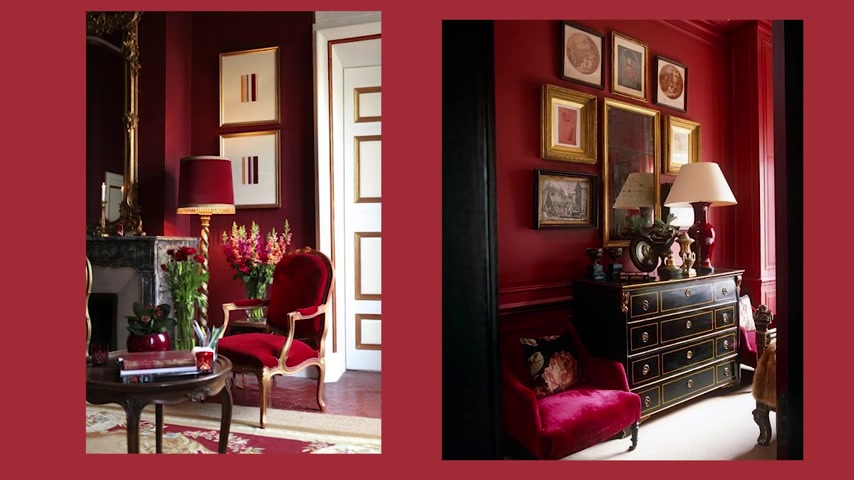
This in turn can have a calming effect on your mind and body .
That being said other research has shown that blue can actually have a downbeat drowsy effect on some people steer clear of blue if you find that it makes you sad rather than soothed .
Red is a stimulating color that creates a sense of urgency since the color that stimulates red can help reduce depression .
But unfortunately , the counter effect is that you can also create feelings of anger and aggression .
So red might not be the most suitable choice if you're looking to create a soothing environment , perhaps try a softer shade of pink or a clay color .
Instead , orange is an excellent choice .
If you want to take advantage of the benefits of color therapy , it's been used as a natural antidepressant and has been shown that it helps people feel better about themselves .
It has also been linked to boosting the immune system and aiding digestion .
Green is a great color to choose if you want to bring nature inside .
It's fresh , calming and relaxing .
Not only that , but it can help promote feelings of balance and harmony .
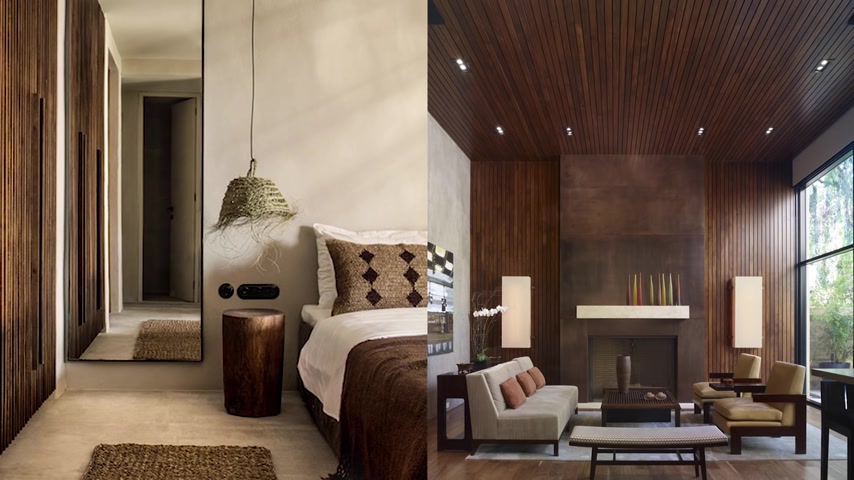
Green helps reduce anxiety and stress levels .
Brown is a neutral color that has been linked with earthiness trust , stability , security and comfort .
Yellow is said to improve your mood and counteract stress .
But research has also shown that it can be distracting .
So we know a lot of theory about how colors affect us .
But ultimately , it's difficult to say what's best for you because we all have different needs .
It's also important to keep in mind that different cultures attribute different meanings to colors .
So what might be significant in one culture might be very different in another .
There are however , some universal rules when it comes to color , brighter , less saturated colors are more relaxing to look at darker , more vibrant and saturated colors are more energizing to look at .
So think about your personal needs and how you would like to feel in your space and go from there .
I will suggest a couple of things to stay away from though .
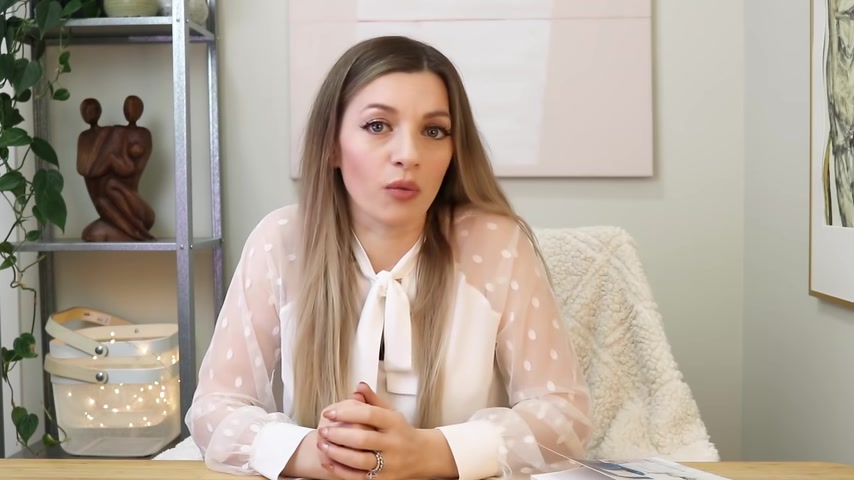
The first is the all white look anything too stark can actually be quite anxiety inducing .
And the second thing I would stay away from would be all gray palettes that's not based on anything scientific other than my personal taste .
I just find gray to be the dreariest choice .
Even when you pair it with other colors , I just can't imagine it ever helping someone to feel more cheerful .
Another aspect of interior design that has a big influence on our emotions is the placement of furniture spaces that are easy to move through and foster social interaction , reduce anxiety and feelings of being overwhelmed .
There's also a theory that adding symmetry can help boost the mood .
If your space feels too cramped , then your furniture might just need a little breathing room .
So try pulling it further apart or you can just try removing a piece and placing it in another room .
Also look at where traffic flows in your room is a good flow or are obstructions .
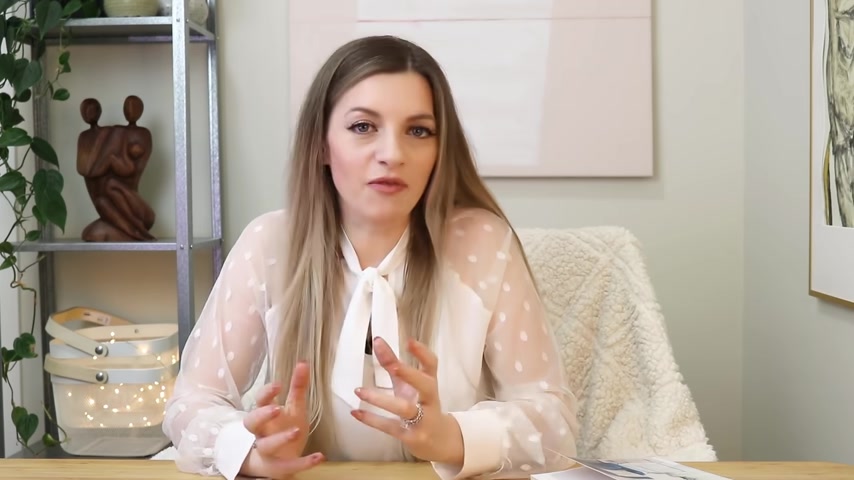
You'll also want to avoid having furniture directly in front of doors and clutter in major arteries of the home .
Besides providing a fresh new take on your home's layout and breaking monotony , moving around your furniture can actually help break negative thought patterns that you might be creating for yourself .
The other feel good aspect about rearranging what you already have is that you're making improvements without buying things .
So there's no risk of buyers remorse and there's no need to like manage additional things you're bringing into your space .
So long as the rearranging doesn't become compulsive or bring anxious feelings of like never being quite right .
Rearranging your furniture is generally considered a positive activity .
I have three more quick things that I want to say before I go , the first thing is that most of the things that we talked about today fall under a study called Environmental Psychology .
So if you want to learn more about that , I highly recommend this book .
It's called The Design Technology .
I'll link it in the description .
It goes a lot more in depth on all of these things that we talked about today .
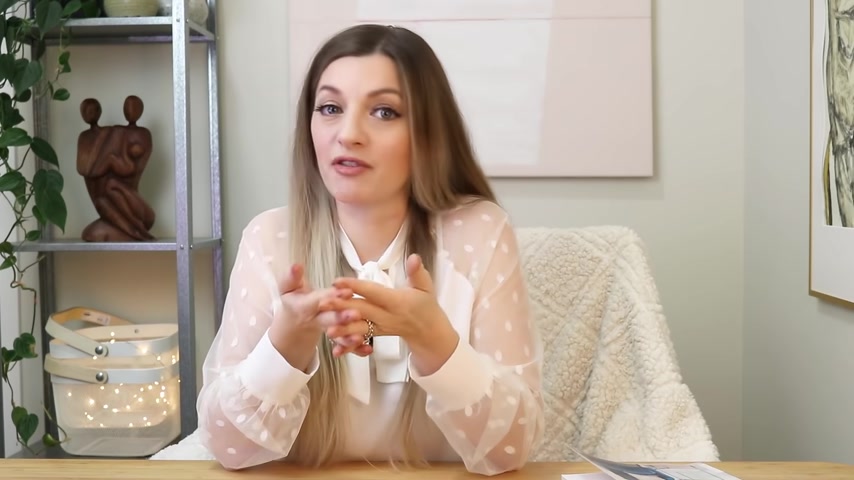
Second , if you have any design tips that help you cope with depression and anxiety , I would love if you could share your tips in the comments so that other people can also maybe benefit from them .
And three , if the stats are true , then for every five people , you know , one of them is probably not having the best time right now .
So please share these tips with them .
I'm not even asking you to share the video , just share the knowledge , these are easy tips that really make a difference .
So the more people know about them the better .
Thank you so much for watching and I'll see you next time .
Bye .
Are you looking for a way to reach a wider audience and get more views on your videos?
Our innovative video to text transcribing service can help you do just that.
We provide accurate transcriptions of your videos along with visual content that will help you attract new viewers and keep them engaged. Plus, our data analytics and ad campaign tools can help you monetize your content and maximize your revenue.
Let's partner up and take your video content to the next level!
Contact us today to learn more.